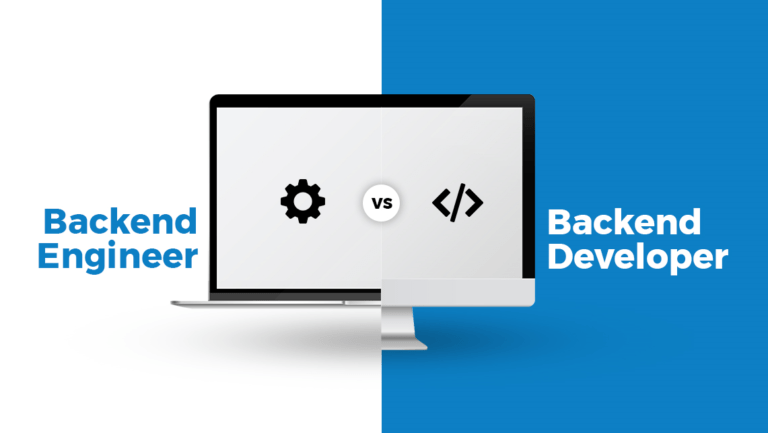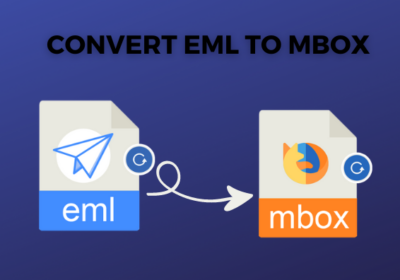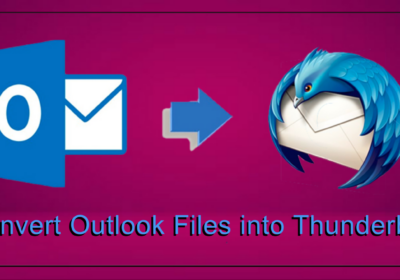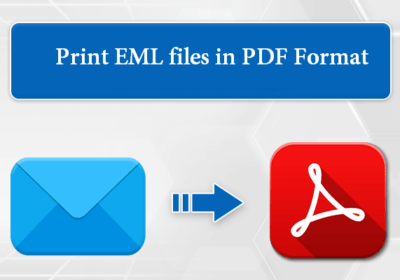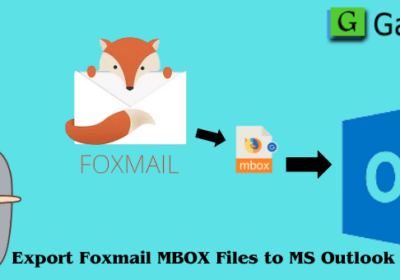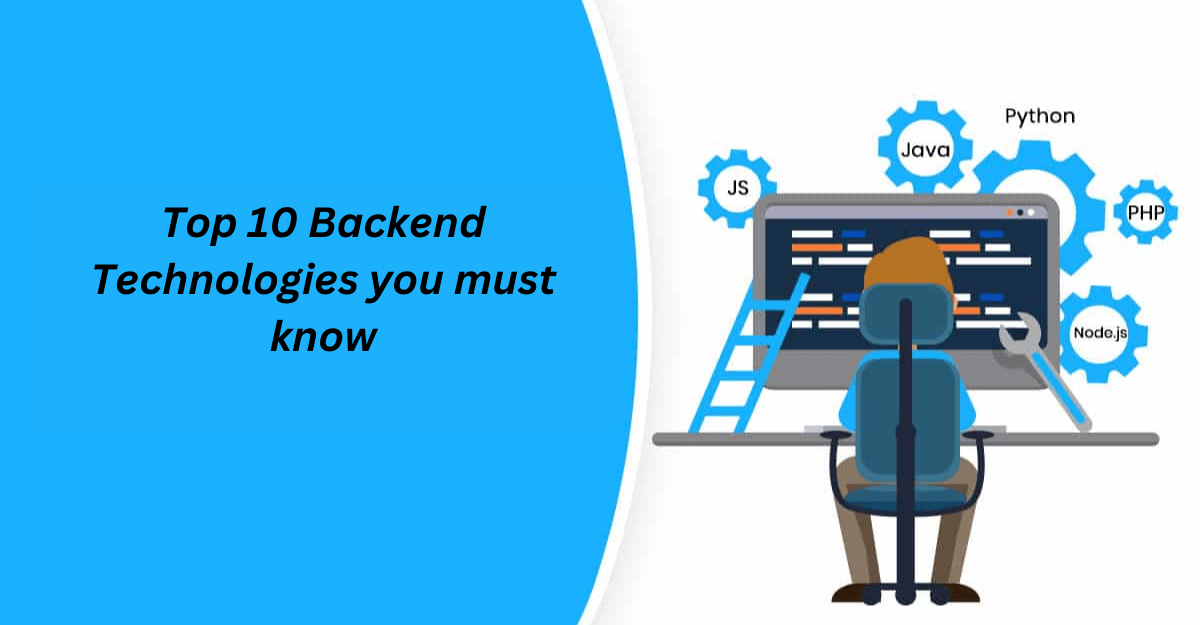
Top 10 Backend Technologies you must know
In the ever-evolving world of web development, backend technologies are becoming increasingly important. They provide the backbone for websites and applications, enabling users to interact with them in meaningful ways. As such, it is essential for developers to have a good understanding of the top 10 backend technologies available today. This article will provide a brief overview of each technology, outlining its features and use cases so that you can make an informed decision when choosing which technology best suits your project.
What is Backend Developer? Skills Need for Web Development
Backend developers are responsible for building and maintaining the underlying systems that power websites, applications, and software. They use a variety of programming languages to create the back-end architecture of websites and applications. They also work closely with front-end developers to ensure that the user experience is seamless and efficient. Backend developers are essential for any business looking to build a website or application, as they provide the foundation for a successful product.
Skills Need for Web Development
Web development is a complex process that requires a variety of skills to be successful. In order to become a successful web developer, one must possess the knowledge and experience of programming languages, database management systems, content management systems, web design principles, and user experience design. A solid understanding of HTML, CSS, and JavaScript is essential for creating websites with good structure and design. Additionally, knowledge of server-side scripting languages such as PHP or Python can help developers create dynamic websites with interactive features. Database technologies such as MySQL are critical for storing data in an organized manner. Finally, working with content management systems such as WordPress or Drupal can make it easier to manage large websites with multiple pages and features. With the right combination of these skills, any web developer can build powerful websites that meet the needs of their clients.
Roles and Responsibilities of Backend Developer
Backend developers are responsible for the development and maintenance of the server-side code that powers a website or application. They are responsible for ensuring that the code is secure, reliable, and optimized for performance. Backend developers have to have an in-depth knowledge of programming languages such as PHP, Java, Python, etc. in order to create robust applications. They must also be familiar with databases and frameworks such as MySQL and Laravel to ensure that data is stored securely and efficiently. In addition to coding, backend developers need to possess a strong understanding of web protocols, security measures, caching techniques, and other web technologies in order to create effective applications.
Top 10 Backend Technologies you must know
1.PHP
PHP is an open-source, server-side scripting language used to develop dynamic web pages and applications. It is a powerful tool for web development, allowing developers to create interactive websites and applications. PHP is a popular choice for many web developers due to its flexibility and scalability. It can be used to create websites that are easy to maintain, secure, and fast loading. The developers are looking forward to the future of PHP & its usage.
2. Python
Python is a high-level, general-purpose programming language that is used for a variety of applications. It was created by Guido van Rossum in 1991 and has since become one of the most popular languages in the world. Python is known for its readability and its ability to easily integrate with other languages and frameworks. It’s also well suited for developing complex applications, from web development to data science. With its wide range of libraries and frameworks, it’s easy to see why Python is so popular among developers.
3. JavaScript
JavaScript is a scripting language that enables developers to create dynamic web pages and applications. It is the most popular programming language in the world, used by millions of developers around the globe. JavaScript can be used to create interactive websites, games, and mobile apps. It is also used to build complex server-side applications and machine-learning models. With its versatile capabilities, JavaScript can be used for a wide variety of tasks. From simple user interfaces to sophisticated web applications, JavaScript can do it all.
4. Laravel
Laravel is an open-source PHP framework that provides a wide range of features and tools to help developers build web applications quickly and easily. It is based on the Model-View-Controller (MVC) architectural pattern, which makes it easier to develop applications with complex logic. With Laravel, developers can create feature-rich websites and web applications in a fraction of the time it would take to do so manually. Additionally, Laravel is highly extensible and has an active community of developers who are continually contributing new features and bug fixes. This makes it one of the most popular frameworks for building modern web applications today.
5. Django
Django is an open-source web framework written in Python that allows developers to quickly create powerful and dynamic websites. It provides developers with a comprehensive set of tools for creating robust web applications, from simple content management systems to complex e-commerce sites. With its intuitive design and easy-to-use features, it makes development faster and easier than ever before. Additionally, Django’s extensive library of packages and plugins allows developers to quickly customize their applications according to their specific needs. With Django, developers can easily create high-performance websites that are both secure and scalable.
6.MongoDB
MongoDB is an open-source, document-oriented database management system that stores data in collections of documents. It is designed to be highly scalable and flexible, allowing developers to quickly build applications without having to worry about the underlying database architecture. MongoDB offers a range of features, such as indexing, sharding, replication, and more that make it suitable for a variety of use cases. With its rich query language and powerful aggregation framework, MongoDB makes it easy for developers to create complex applications with minimal effort.
7.MySQL
MySQL is an open-source relational database management system (RDBMS) used to store, organize, and retrieve data. It is the most popular RDBMS in the world and is used by many of the world’s largest companies. MySQL can be used for both small and large applications, from websites to enterprise applications. It offers a range of features that make it suitable for a variety of use cases, including high availability, scalability, security, and performance.
8. Apache
Apache is open-source software that allows users to create dynamic web pages and applications. It is a powerful web server that can be used to host websites, databases, and other content. Apache is also used in many different types of applications such as e-commerce, online gaming, and more. Apache is one of the most popular web servers available today and has been used by millions of people around the world. It offers scalability, reliability, and security for any website or application it hosts.
9. NGINX
NGINX is an open-source web server that is used to serve web content and applications. It is a high-performance, feature-rich server that can handle any type of workload. NGINX is designed to be lightweight and efficient, making it ideal for web applications that require scalability and reliability. With its advanced features such as load balancing, caching, and reverse proxy, NGINX can help you create a secure and fast website or application.
10. Docker
Docker is a containerization platform that enables developers and system administrators to package applications into isolated containers for easy deployment and management. It allows them to create, deploy, and run applications in a secure environment. Docker also helps reduce the time required to manage application deployments by providing an efficient way to deploy applications across multiple machines or cloud environments. With its lightweight architecture, Docker can be used on any operating system, making it highly versatile and suitable for various use cases.
Conclusion
As technology advances, it is important to keep up with the latest backend technologies. Knowing the top 10 backend technologies will help you stay ahead of the competition and be better prepared for any challenges that come your way. This article has outlined the most important and popular backend technologies available today and discussed their use cases. With this knowledge, you can make an informed decision as to which technology is best suited for your project or business needs.









